The Kagu Rhynochetos jubatus of New Caledonia is an iconic bird that symbolises the challenges faced by many island species in the modern era. This charismatic species is classified as Endangered by BirdLife on behalf of the IUCN Red List on the basis of its very small, severely fragmented population which is suffering an overall decline due to threats such as habitat fragmentation or predation by introduced species like dogs, rats and cats.
In response the Société Calédonienne d’Ornithologie (SCO; BirdLife in New Caledonia) initiated the Kagu Recovery Plan (KRP) with the help of their project partners in 2008. One of the principle aims of plan is to better understand the repartition and population trends of Kagu to aid targeted conservation actions.
In order to study the population trends, the Kagu Recovery Group (SCO and their partners*) have been developing novel methods to overcome the difficulties presented by an elusive species which is difficult to see. “The traditional method to census the birds is to listen, at dawn, to detect singing birds”, said Mélanie Boissenin – KRP Coordinator.
“However, studies have shown that Kagu don’t sing every day so several visits have to be made to a site to be sure of their presence or absence. It is therefore very difficult to survey many locations with this method if you are relying on people to listen at the sites at dawn. Added to which, many of the sites are difficult to access and therefore logistically very tricky to survey regularly”, added Mélanie.
To combat these difficulties, SCO and the Kagu Recovery Group have set up an acoustic survey using Song Meters – automatic recording stations – which have been operating at selected sites for two years. These Song Meters are programmed to record for two hours every morning around sunrise. After seven days the Song Meters are retrieved, the recordings downloaded and the meters are moved to another location. The recordings are then uploaded onto a computer, played through specific software and the spectrogram analysed to detect recordings of singing Kagu.
“Thanks to support from World Wildlife Fund, British Broadcasting Corporation Wildlife Fund and the United States Fish and Wildlife Service, Kagu Recovery Group partners are now able to handle 25 Song Meters, 15 of which were new to the project in 2011”, said Mélanie. “This has allowed us to set up a detection method by selecting automatic recording points within six priority conservation areas. For the current breeding season, we have established more than hundred points at which we have already obtained recordings”.
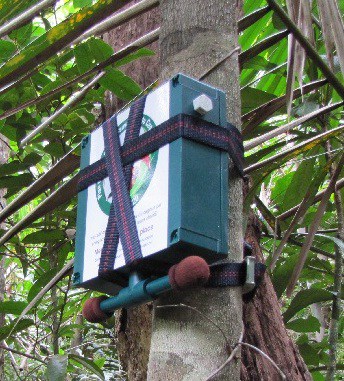
In addition, the Kagu Recovery Group continues to operate human listening at nine stations at Parc des Grandes Fougères. “This provides information that helps to estimate the local population and to have a better understanding of the results from the automatic recordings”.
The Kagu Recovery Group are now looking to undertake a vast sampling plan using the Song Meters method to record Kagu across the whole of New Caledonia – updating previous field work undertaken 20 years ago and enabling us to put the Kagu on a map.
*The partners of the KRP are: Association pour la Sauvegarde de la Nature Néo-Calédonienne (ASNNC), Centre d’Initiation à l’Environnement (CIE), Conservation Internationale (CI), Conservation Research New-Caledonia (CORE.NC), Institut Agronomique néo-Calédonien (IAC), Institut pour la Recherche et le Développement (IRD), Parc Provincial de la Rivière Bleue, Parc des Grandes Fougères, Province Sud, Province Nord, WWF, and Société Calédonienne d’Ornithologie (SCO). The Province Nord and the Province Sud are funders of the KRP.
This post was written by SCO – who has written 3 posts on BirdLife Community. BirdLife comprises more than 100 conservation organisations working together to promote sustainable living as a means to conserve biodiversity. Société Calédonienne d’Ornithologie is the BirdLife Affiliate in New Caledonia.

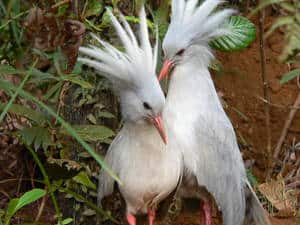
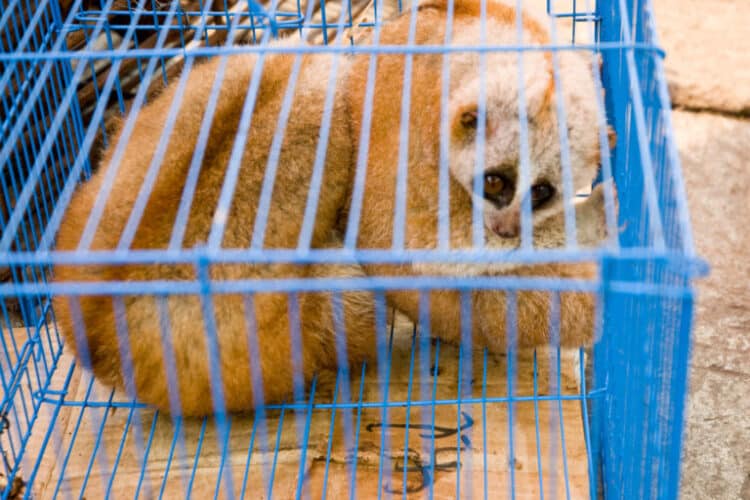
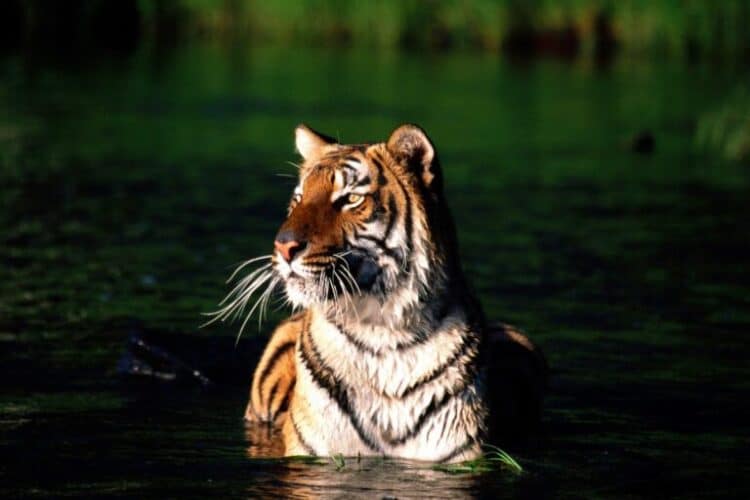

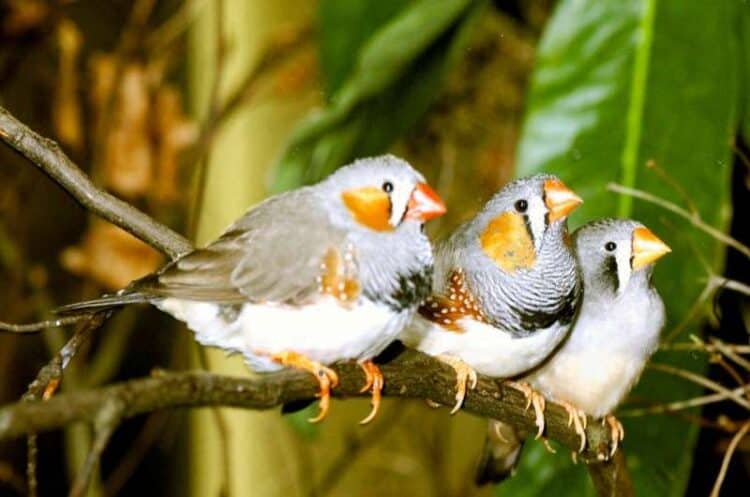
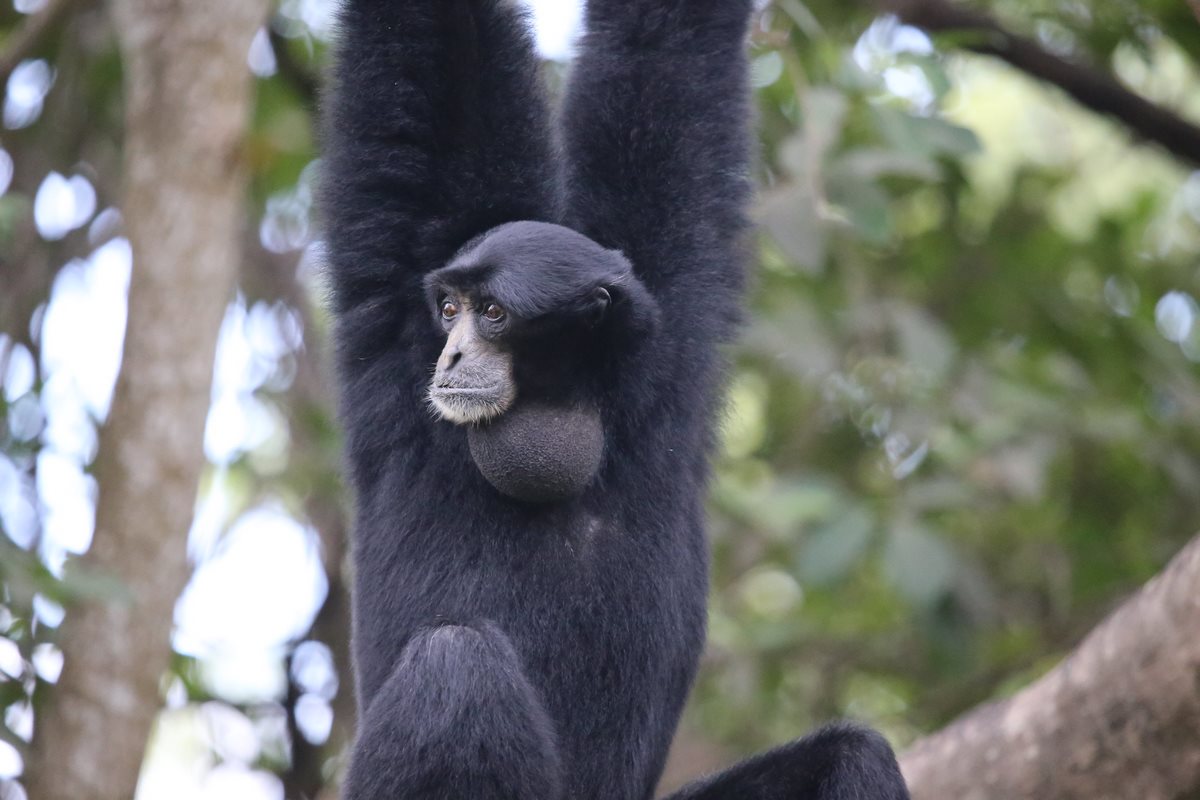
Leave a Reply